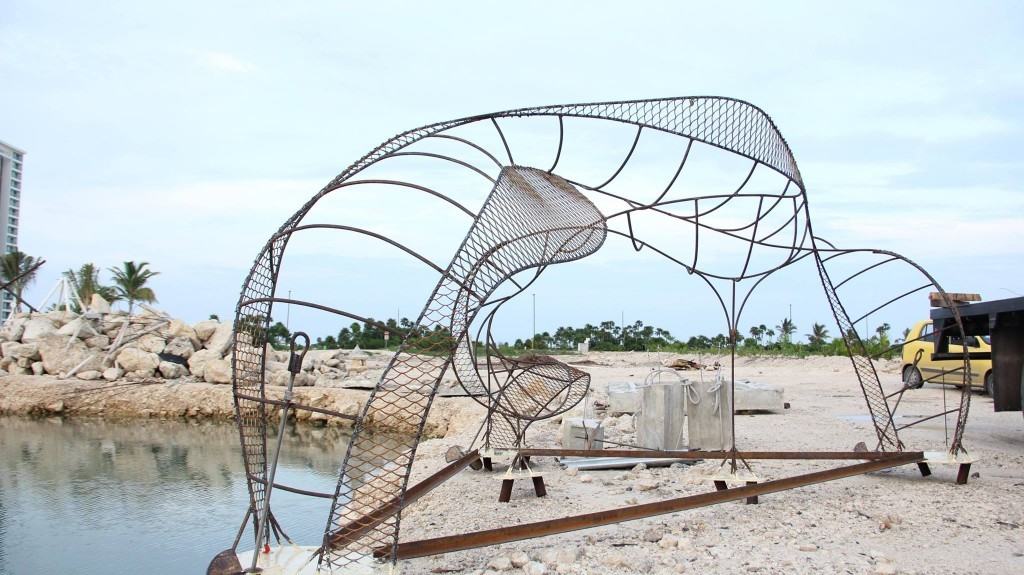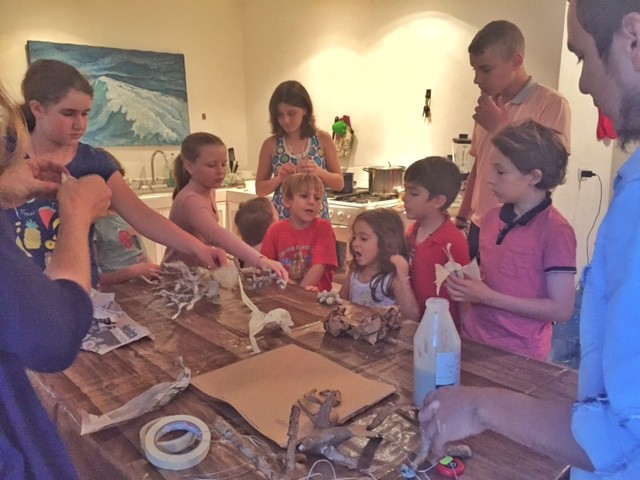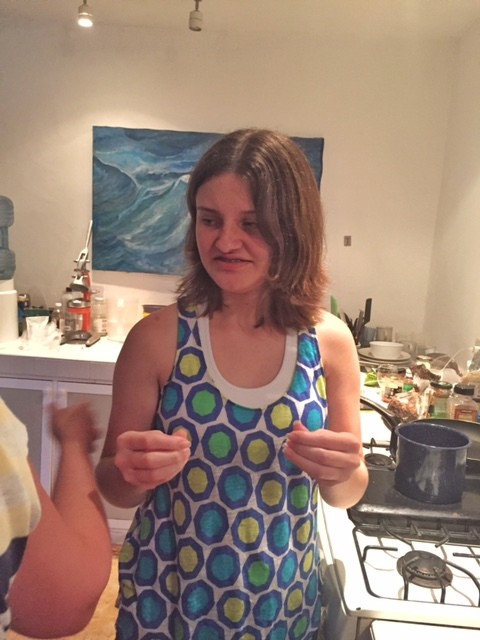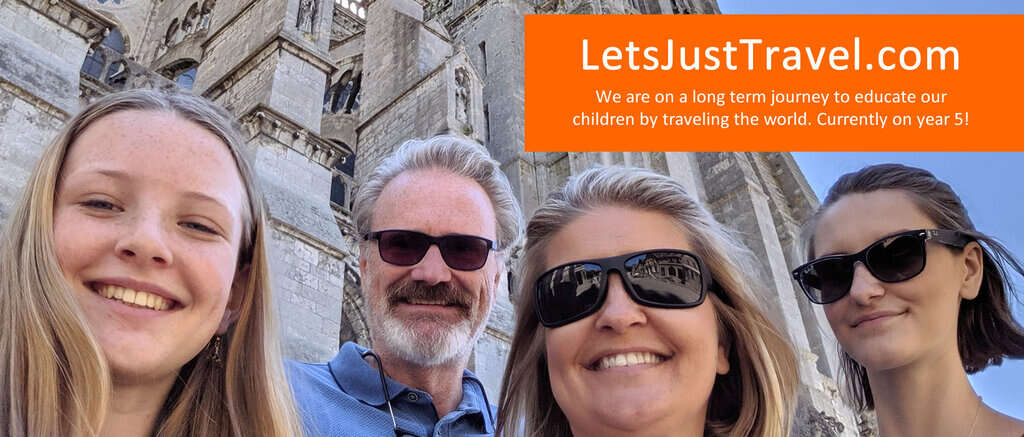Our new homeschool plan gives us a lot more time to find new and different experiences for learning. Social media is great for learning about new classes or workshops, and there are quite a few towns nearby, which expands our options even further. A few weeks ago I learned about a workshop called “Zoe for Ninos”. Of course I’m already intrigued by the name so I investigated further and learned that it was a 2 hour workshop in a nearby town, in Spanish, to learn about the coral reef that grows in this area. So I signed the girls up (sidenote: one of the benefits of homeschool is that you do not have to ask the girls if they are interested in XYZ activity. You get to just sign them up and say “Guess what we are doing!”).
This area of Mexico hosts the second largest coral reef in the world, next to the Great Barrier Reef. It all came full circle as we attended this workshop with our new friends from Australia, who had visited the Australian reef. I told them that perhaps their 3rd stop on their Worldschooling adventure needs to be the 3rd largest barrier reef, in keeping with the trend. But I digress.
So Thursday afternoon we took off for Puerto Morelos, about 20 minutes away. We met up at the workshop location and were treated to an educational slide show all about the local reefs, why they are important, what’s happening to them and what local and international groups are doing with them. I will attempt to summarize that very educational slide show here but I will probably miss something so feel free to do your own research and/or add your knowledge in the comments.
Coral reefs are very important to the ecosystem for many reasons, not the least of which is the housing they provide other animals, the barrier (thus the name) they offer to the land in the event of major hurricanes or weather patterns, and scientists are now discovering some health benefits coming from coral that can help combat some major diseases like heart disease, cancer and HIV. In summary: coral es bueno and we need it.
But due to lots of reasons, not the least of which is tourism, fishing and changes in the temperature of the water, many corals are dying off or not thriving. So some groups have started to study what actions can be taken to slow or reverse this trend. They discovered that just like coral can form on old shipwrecks and the wreck becomes part of the ecosystem, coral can be planted onto structures – think metal sculptures – and grow very well with a little help. A small current of electricity running through the sculpture actually works even better and produces great results for strong, thriving coral.
So this workshop was not only an introduction to the coral in this area and why it’s important, but then we got to hear about a project where an American artist is creating a very large metal sculpture (which she has named Zoe) and has plans to plant it at the bottom of the ocean off one of the coasts nearby in order to grow more coral and provide a new, thriving environment for the coral that is already here. Here is a little more information about her and her project:

Our Worldschooling efforts were already taking fruit as the girls made the connections between coral they found on beaches in Panama and the coral that is native to Mexico. It’s awesome to see the synapsis firing and those “aha” moments happening. And the presentation was primarily in Spanish, which proved to be no challenge at all for our girls. Winner winner chicken dinner.
We got to see pictures of the sculpture as well as a few models of it, both large and small. The group is attempting to raise awareness of this project and find a place to plant their sculpture, so after the slide show they asked the kids to help decorate the sculpture with paper mache coral-themed artwork. There was glue and newspaper and cardboard and messy hands but a good time was had by all. We made some new friends and became re-acquainted with some we had met prior. It was a great activity for a rainy day in Cancun.



